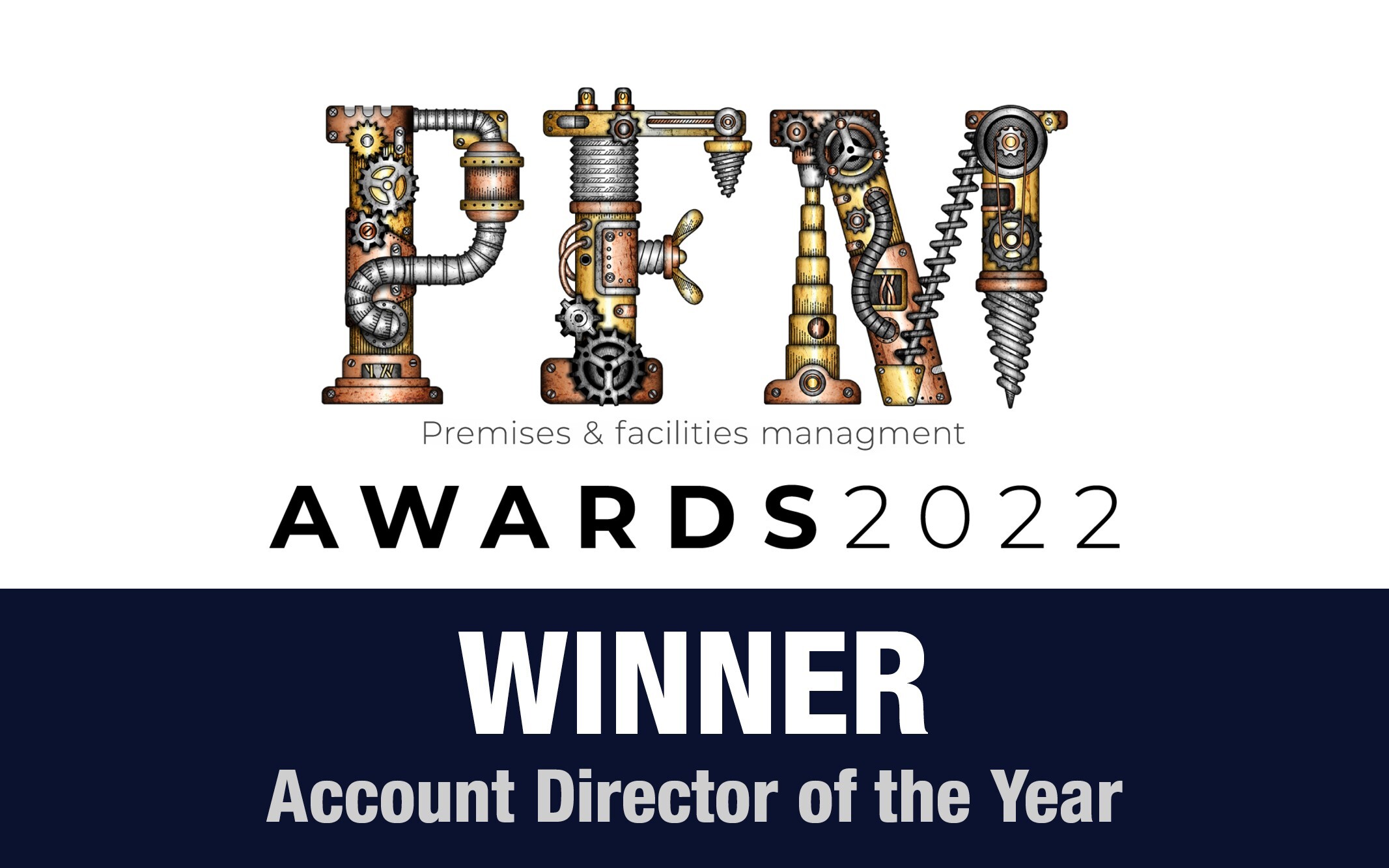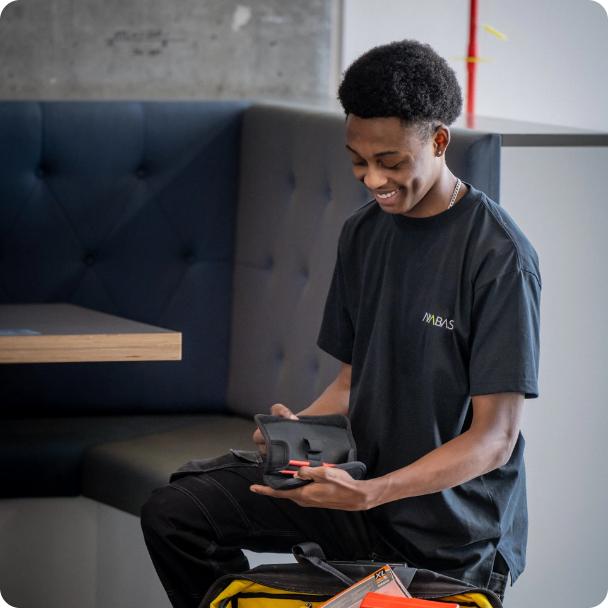





 Building & Fabric Maintenance
Building & Fabric Maintenance

 Mechanical & Electrical Maintenance
Mechanical & Electrical Maintenance



 Events & Lifestyle Services
Events & Lifestyle Services

 Logistics & Office Services
Logistics & Office Services

 Security
Security

 Catering
Catering

 Cleaning & Environmental
Cleaning & Environmental







Small Decencies


Boutique FM


Fully Engaged


Brilliant Basics


Great Experiences


FM Technology


Great People


Advocacy


Right size, Right fit


Promises Delivered





At Anabas we are always looking at ways to both improve what we do and to engage with our employees in the best way to maximise their effectiveness in service delivery to our clients. One of our current initiatives is to take elements of the traditional High Performing Teams concepts and implement them within key parts of our operational business.
Although the concept of High Performing Teams has been around since the 1950’s and has fallen in and out of favour, there are definite and tangible benefits from pulling together key strands from the concept as it has developed over time.
Most members of High Performing Teams say that it’s fun and satisfying to work as part of a collaborative team where their individual effectiveness is enhanced as they contribute at their highest potential level.
The areas we focus on at Anabas are as follows:
Planning for success
Encouraging the team to plan effectively and to monitor progress along the way, is vital to the whole concept of High Performing Teams. Having a clear direction to move in, with appropriate milestones and measurement, the team is more likely to succeed and to be more effective as tasks are defined, allocated and tracked.
So how best to do it? Start with an overarching team goal, and a high level plan of the activities required to achieve this. With everybody working toward the same goals, team members are more likely to be clear on how to work together and how to accomplish the tasks required. Depending on the complexity of the individual tasks, further task specific plans can also be created, either by individuals taking on the task or by creating smaller task teams. It may sound like a lot of steps and planning, but by mapping out the “work required” to complete the tasks, the team will be able to understand the impact on their individual workloads.
Once everyone understands both team and individual performance goals and knows what is expected of them, the team can then work together to support each other and track progress of both individual and team tasks. Collaboration really is the key to success here.
Collaborative working and sharing ideas
One of our Values is that ‘we are there for each other’. As part of this, culturally, we encourage our employees to trust in each other but also to ensure that each team member carries his or her own weight and delivers assigned tasks to the benefit of the team as a whole. The creation of a team charter will provide clarity on how trust and accountability will play out within a specific team and will go a long way to ensure that any team works well collaboratively.
Team Dynamic and skills mix
Openly exploring all aspects of the team at inception will deliver better future results. This includes the group coming to an understanding on the contribution each member will make dependent on skills, experience and social style. The team should be willing to embrace conflict or strong discussion in order to fully explore opportunities before decisions are made. Internal change should however be encouraged, and don’t shy away from introducing new members. This is an ideal way to remain energised, foster new ideas and develop the skill set.
Leadership of High Performing Teams
A key element in the success of High Performing Teams is in the leadership style and approach required to achieve the structure and dynamics each team must embrace to be successful. The leadership behaviours below support, guide and influence the team to deliver maximum output:
- Setting a clear goal or target: Leaders should define the overall goal for the team, linked to organisational priorities or vision. The leader should be clear on how this links to individual team member’s personal goals and provide a framework in which both the team and individuals can create work plans that meet these goals. At Anabas, we have also found that it is useful to motivate and involve the team so that they understand “why” they are focussed on achieving the goal, they have a shared belief about what the company is striving toward, and the role of the team in getting there.
- Creating the right environment and culture: Depending on team dynamics, location and work pattern, a leader will need to develop suitable ways for the team to interact and set the right tone (both in language and approach) to create an energetic culture of trust and cooperation. A current initiative of Anabas is bringing together the Operational Management team with a focus on sharing and innovation that has driven both team and individual performance.
- The right team members: A leader should create a team required to undertake a particular function or project based on the mix of skills and knowledge required. A broad mix of these attributes often gives the best results by encouraging diverse thinking and challenging of normal concepts for a particular function. Finding people with a passion for the goal involved will support this, although note that passion does not equate to introvert/extrovert characteristics and the team dynamics created should encourage everyone to contribute equally.



















